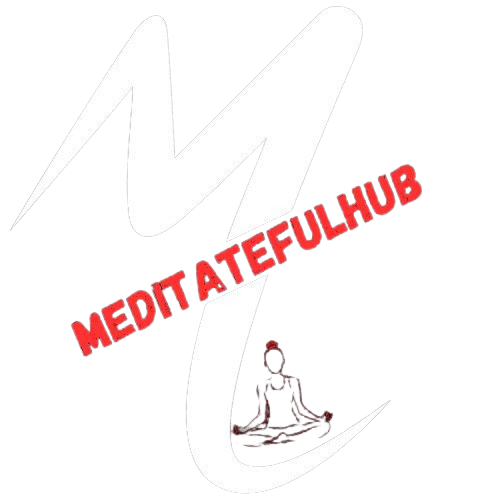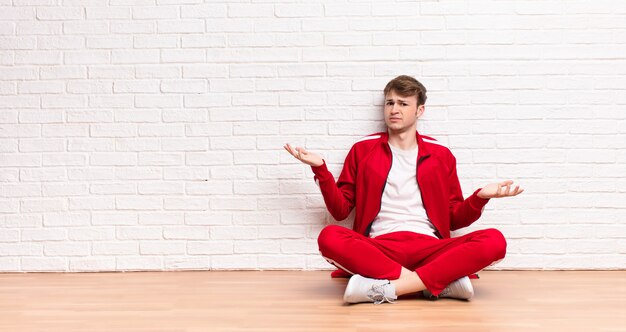Meditation has long been heralded for its ability to reduce stress, improve mental clarity, and promote overall well-being. Yet, with the growing popularity of mindfulness practices, many individuals find themselves overwhelmed, unsure of where or how to begin. Proper meditation isn’t simply about sitting in a quiet room and closing your eyes—it involves techniques, consistency, and an intentional approach.
This guide will provide you with step-by-step instructions, expert advice, and effective strategies to help you master meditation. If you’ve struggled to establish a meaningful practice or have never meditated before, this guide will build your confidence and show you how to meditate properly for maximum benefits.
Why Meditation Matters
Before we jump into the “how,” it’s important to understand why meditation is such a valuable practice. The mental, emotional, and physical benefits are prolific, and backed by scientific research. Here’s what meditation can do for you:
- Reduces Stress: A 2014 study published in JAMA Internal Medicine found that mindfulness meditation can significantly reduce stress levels by calming the mind and body.
- Improves Focus and Concentration: Regular meditation enhances focus and reduces the tendency to get distracted. Harvard researchers report that even short 10-minute meditations can improve cognitive performance.
- Boosts Emotional Health: Meditation is associated with improved mood, reduced anxiety, and greater patience. It’s an opportunity to develop a calm and positive mindset.
- Enhances Physical Health: Researchers have linked meditation to lower blood pressure, improved sleep quality, and even reduced risk of heart disease.
Meditation is more than a fleeting wellness trend—it’s a habit that changes lives. By incorporating the correct techniques, you’ll create a practice that is as transformational as it is lasting.
Getting Started with Meditation
For beginners, the first step is often the hardest. Whether you’re sitting down for the very first time or trying to rebuild a stalled practice, these fundamentals outline everything you need to know.
Step 1: Choose Your Meditation Space
Select a space where you feel calm, comfortable, and free from distractions. This doesn’t need to be a grand meditation room; it could simply be a corner of your bedroom, a quiet spot in your backyard, or even a chair by a window.
Take the following into account when setting up your meditation area:
- Comfortable Seating: Use a cushion, chair, or yoga mat to keep your posture supported.
- Ambient Atmosphere: Reduce harsh lighting, noisy distractions, or clutter. Consider lighting a candle or using incense for a calming scent.
- Consistency: Try to meditate in the same spot daily. This helps condition your mind to enter a meditative state more easily.
Step 2: Pick a Meditation Technique
Meditation isn’t one-size-fits-all, so choosing a technique that resonates with your goals and personality is essential. Here are three popular methods to consider when starting out:
Mindfulness Meditation
Mindfulness involves paying attention to the present moment without judgment. Focus on your breath, the sounds around you, or the sensations in your body.
Guided Meditation
This type involves listening to an audio or video guide. The guide could walk you through breathing exercises, visualization, or calming affirmations. Apps like Headspace and Calm are excellent beginner-friendly tools.
Loving-Kindness Meditation
If you’re looking to cultivate greater kindness and compassion, this approach involves reciting phrases to promote feelings of love toward yourself and others.
Step 3: Master Your Posture
Proper posture is crucial for meditation. It ensures you remain focused, avoid discomfort, and maintain steady breathing. Follow these tips for correct posture:
- Sit upright, keeping your back straight but not stiff.
- Rest your hands gently on your knees or lap.
- Relax your shoulders and jaw. Avoid tension in your muscles.
- Keep your head balanced above your spine, slightly tipped forward.
Avoid meditating while lying flat, as this increases the likelihood of dozing off.
Step 4: Focus on Your Breath
The core of most meditation practices is the breath. It anchors your awareness in the present moment and stabilizes your mind. Here’s how to practice mindful breathing effectively:
- Take deep, slow breaths through your nose.
- Focus on the sensation of air flowing in and out of your nostrils.
- When your mind wanders (and it will), gently guide your attention back to the breath.
This exercise may seem simple, but it’s profoundly effective in grounding your thoughts.
Step 5: Start Small
Don’t expect to meditate like a monk on day one—it’s normal to start small and build from there. Begin with 5–10 minutes of meditation daily, then gradually increase the duration as you grow more comfortable. Consistency is far more important than length in the early stages.
Step 6: Be Patient with Yourself
Meditation is a practice—it’s not about perfection. Your mind may wander, or you might lose focus during your sessions. Instead of feeling discouraged, gently remind yourself that this is part of learning. Over time, you’ll find it easier to stay present and calm.
Advanced Techniques for Deepening Your Practice
Once you’ve established a basic meditation routine, you can explore practices designed to deepen your focus and enhance your results.
- Body Scan: Mentally scan your body from head to toe. This helps release tension and strengthens the connection between mind and body.
- Mantra Meditation: Chant or silently repeat a mantra—a word or phrase that holds personal significance to you. Common mantras include “peace,” “om,” or “I am enough.”
- Walking Meditation: Not all meditation has to happen sitting down. A walking meditation involves synchronized, mindful steps. This technique is particularly useful for busy professionals who find seated meditation a challenge.
Integrating Meditation into Everyday Life
The ultimate goal of meditation is to incorporate mindfulness into your day-to-day routines. Here are some quick ways to bring mindfulness into your life outside of your designated practice time:
- Focus on the texture, taste, and aroma of your food during meals.
- Schedule tech-free moments to appreciate the present moment without distractions.
- Pause during your workday to take three intentional, deep breaths.
These small shifts can lead to significant long-term improvements in your awareness and fulfillment.
Experience the Benefits of Proper Meditation
Meditation doesn’t require fancy equipment, hours of free time, or even prior experience—it simply requires your willingness to begin. From reducing stress to improving your overall well-being, developing a proper meditation habit can transform every aspect of your life.
Try starting today with the steps outlined in this guide. Remember to give yourself grace as you progress. Meditation is a practice rooted in patience, and every session brings you closer to a healthier, more peaceful mind.
Looking for more support? Countless free tools and resources are available online to help refine your method and maximize your results. Embark on this fulfilling yet simple path toward mindfulness and experience the profound benefits of meditation when it’s done the right way.
Conclusions
Meditation is a powerful tool for enhancing mental clarity, reducing stress, and fostering a deeper sense of inner peace. By committing to a regular practice, you unlock the potential for personal growth and improved well-being. Remember, the key to success lies in consistency and patience. No matter where you are in your meditation journey, every moment spent practicing is a step toward a healthier, more balanced life. With the right resources and a dedication to progress, the benefits of mindfulness are within reach for anyone willing to start. Take the first step today, and transform your mind for the better.











